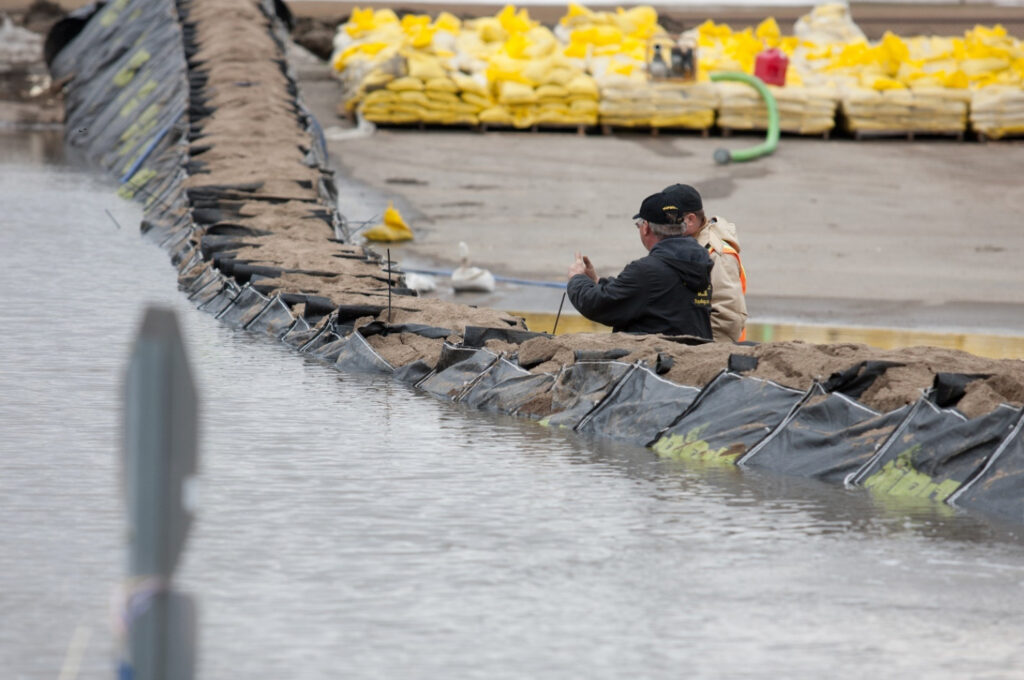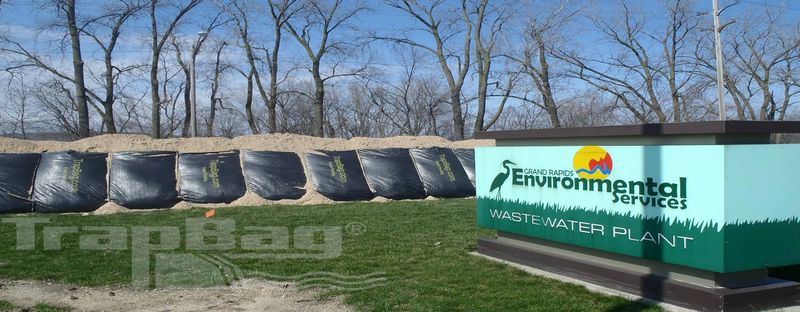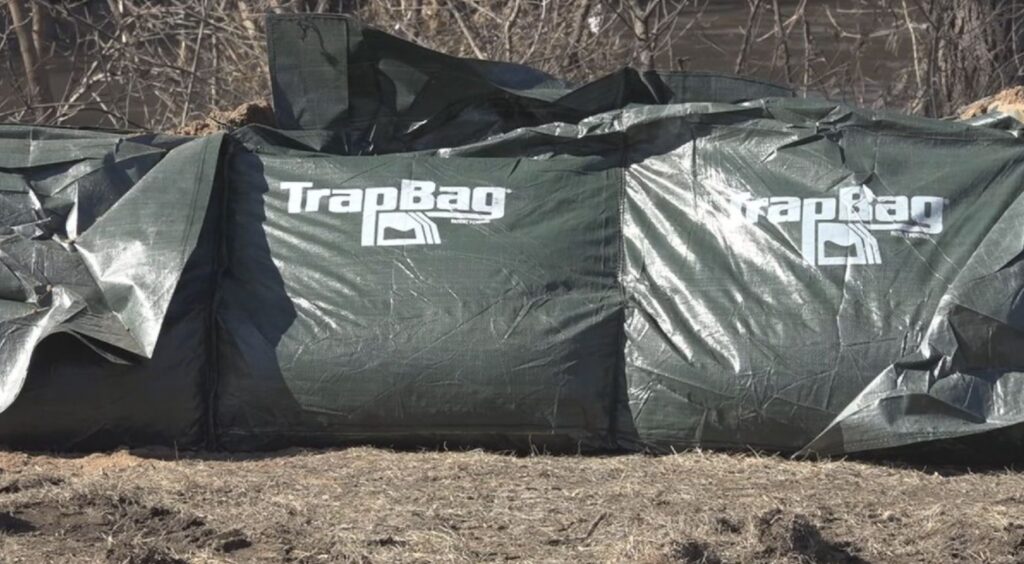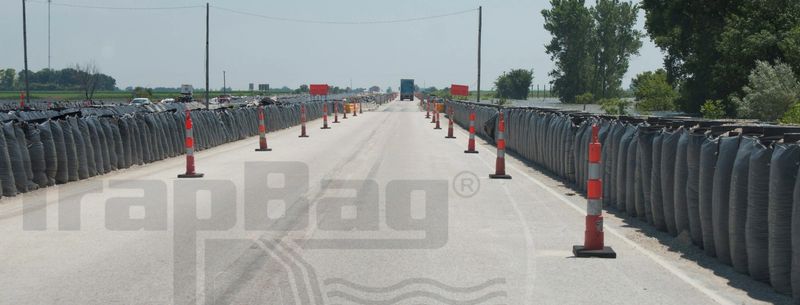How TrapBag Is Used in Infrastructure Protection Plans
TrapBag is one of the most reliable ways to protect municipal or state infrastructure, either during construction projects or during emergencies. Experts count on them as a flood protection tool for their most critical needs.
Here are some of the ways municipalities and other government agencies use TrapBag.
Flood Control
A rapid government response to flooding can save lives and prevent thousands or even millions of dollars in damage during major flooding events.
TrapBag is the best way to protect roads from flooding. It can contain massive amounts of water and keep it from eroding roadways, damaging homes, or washing out bridges when they’re needed most. TrapBag barriers easily withstand the flow of floodwater, making them an ideal solution for both expected and flash flooding events.
Learn More »Hurricane Protection
Hurricanes can have disastrous consequences for both coastal cities and inland towns that don’t have the infrastructure to prevent the flooding and erosion that they cause. Storm surges and massive waves can be deadly and cost millions of dollars in damage each year.
TrapBags were originally designed with hurricanes in mind. They can be assembled in minutes, rather than days. They’re also designed to withstand even the most severe storm surges and hold waves back from reaching low-lying areas. For that reason, they’ve been trusted across the world as temporary seawalls and erosion barriers to prevent damage and erosion due to hurricanes and cyclones.
Learn More »Dams, Dikes, Levees & Water Barriers
Constructing dams is one of the best things governments can do to prevent flooding. However, dams, dikes, levees, and other water barriers can be expensive to build and maintain. This makes reinforcing existing structures and those in development critical for municipalities.
TrapBag flood barrier bags are a reliable, cost-effective flood protection system that can either reinforce existing flood protection infrastructure or serve as a solution itself. Crews can fill them with sand, washed gravel, or concrete to hold back massive volumes of water.
Using TrapBag as part of your infrastructure protection plan can help you prevent disastrous dam ruptures, leaks, or other types of damage.
Learn More »Erosion Control
Taking the right steps for road erosion control can help your municipal roadways and public transit systems last longer. It also mitigates the damage roads experience during natural disasters and stabilizes riverbanks.
TrapBag barriers can be used for both flood protection and erosion control to keep your infrastructure safe. Because they’re affordable and durable, cash-strapped cities can use them to protect what matters most in emergencies.
They can also be used to protect construction and mining sites from erosion that can cause further issues for the neighborhoods surrounding them.
Learn More »Mudslide & Mudflow Protection
Mudslides and mudflows can easily become deadly, especially because they often compound other disasters. They can be devastating and destroy entire neighborhoods with little warning, often at night when people are asleep.
TrapBag is strong enough to make a durable mudslide diversion solution for residential areas. With the right fill material, it can protect homes from mud and prevent thousands of dollars in damage.
Learn More »Stormwater Containment
When stormwater flows from city streets and construction sites, it can’t be safely integrated into other water systems like your city sewer system or water supply lines. That’s why municipal construction projects need stormwater containment plans.
Construction crews on both private and publicly funded projects use TrapBag to enclose stormwater. The barriers make an effective detention pond so the water can be either disposed of or properly treated.
Learn More »Using TrapBag for City Flood Protection Infrastructure
TrapBag is a rapid-deploy flood protection barrier that is designed to be leak-resistant in any condition, whether it’s for construction projects or as emergency flood mitigation. A few of the reasons so many agencies and organizations trust TrapBag for their projects include:
-
Easier to assemble: It takes dozens of people hours or even days to build a traditional sandbag barrier ahead of a flood or hurricane. However, a team of two people and a third person operating a skid steer or excavator can assemble a TrapBag barrier in under a few hours.
-
Uses less material: TrapBag barriers use 40% less fill material with more durable results than a similar-sized sandbag wall. A single 100-foot section of 4-foot tall TrapBags replaces roughly 8,000 sandbags.
-
More durable: Traditional sandbag barriers are known to collapse if they’re built incorrectly. However, TrapBag barriers can hold back thousands of gallons of water for practically any project.
Why Choose TrapBags for Infrastructure Flood Protection?
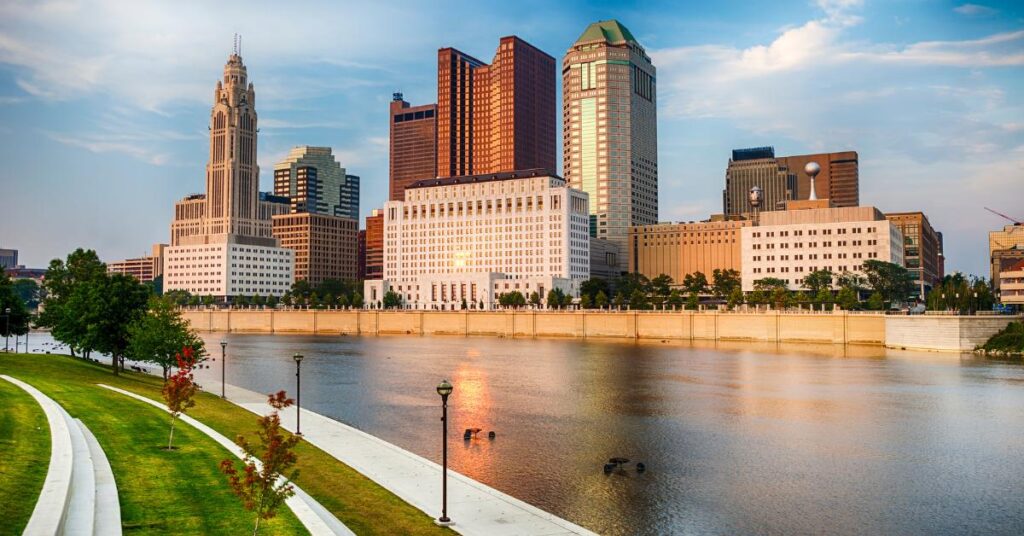
-

Versatility
Municipalities, state governments, and other agencies rely on TrapBag because it is one of the most versatile flood control and erosion systems available. Not only can it reduce the impacts of disasters, but it’s also ideal for everything from stormwater detention to constructing large-scale retaining walls for highways and areas near the water. It’s the perfect solution for virtually any situation where you need to keep water out or trap it in.
-

Speed
Ahead of a flood, hurricane, or other natural disaster, your public works department needs to make every minute count. Local governments can help with floods by using TrapBag as a tool to prevent flood damage to neighborhoods, businesses, and infrastructure like city highways and telecommunication lines.
However, even in non-emergency situations, TrapBag can prevent construction and other project timelines from being delayed—because the barriers can be assembled in a fraction of the time your teams would need for a sandbag wall of the same size.
For example, a crew of three people with an excavator or skid steer can assemble a TrapBag barrier as part of your flood control infrastructure in less than an hour. By contrast, a sandbag wall of the same size requires multiple people to fill the bags over the course of several days.
-

Reliability
Public works and emergency service departments across the United States and the world count on TrapBag when it matters most. This is because it has a 3:1 (mass to hydraulic load) safety factor enabling it to withstand everything from flooded streams to severe mudslides. It can be trusted to detain water on construction sites, hold back chemical spills, and practically any situation in between.
We’re proud to say that the U.S. Army Corps of Engineers has successfully tested TrapBag for its ability to hold back thousands of gallons of water.

